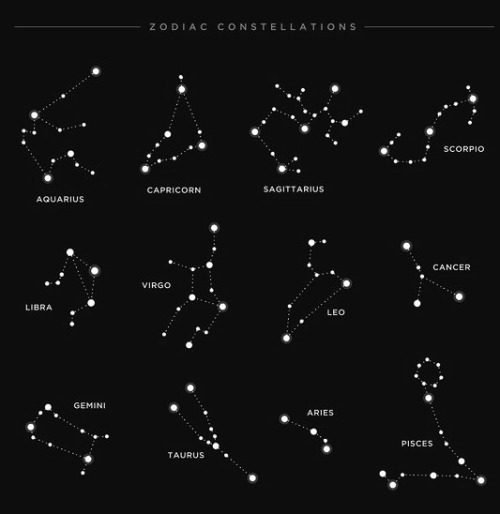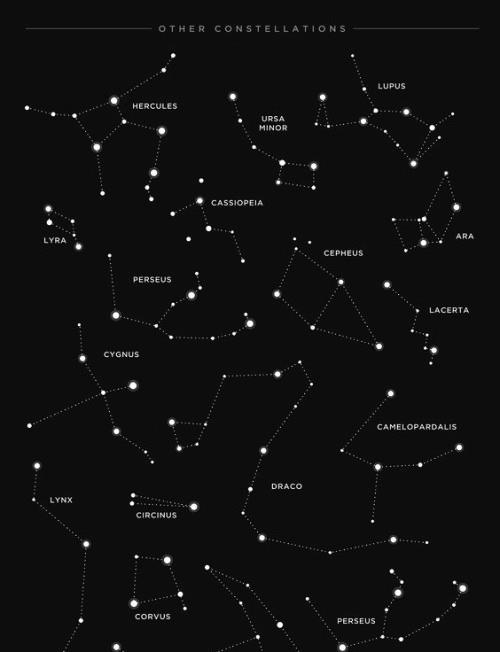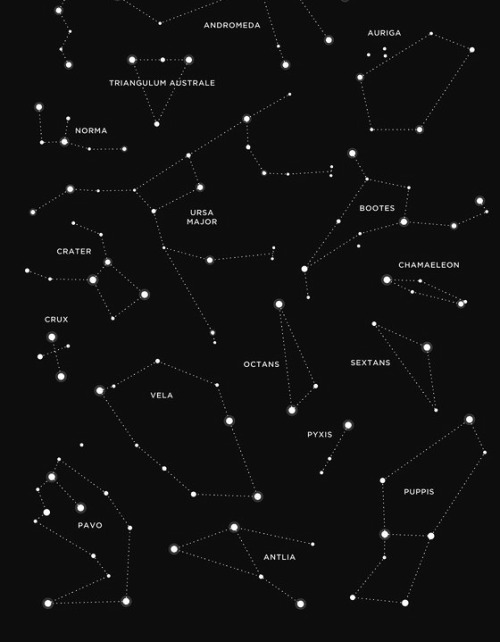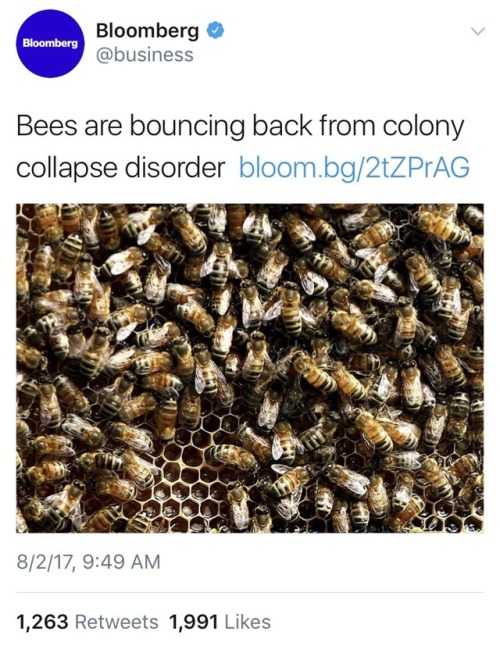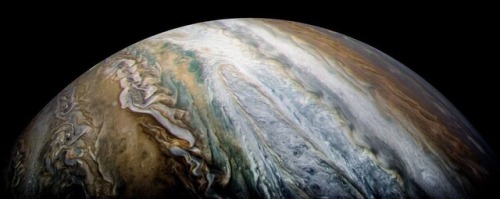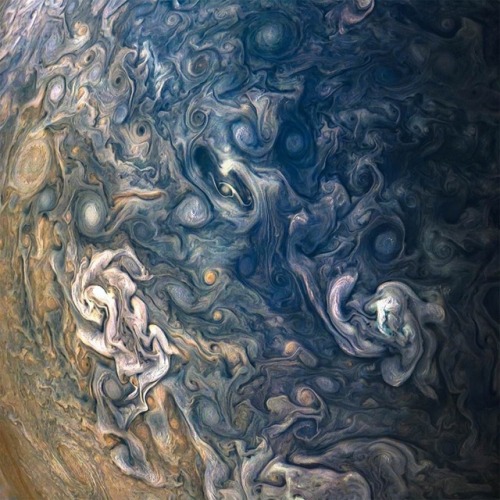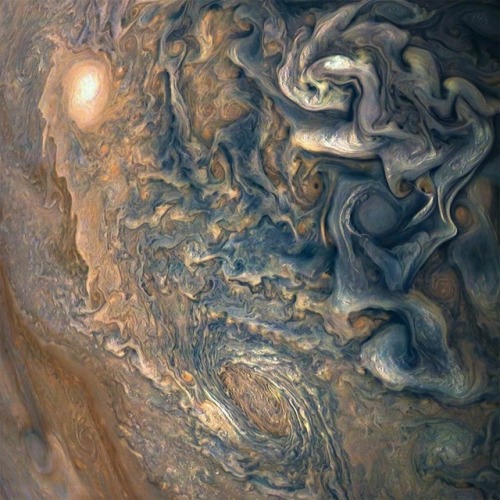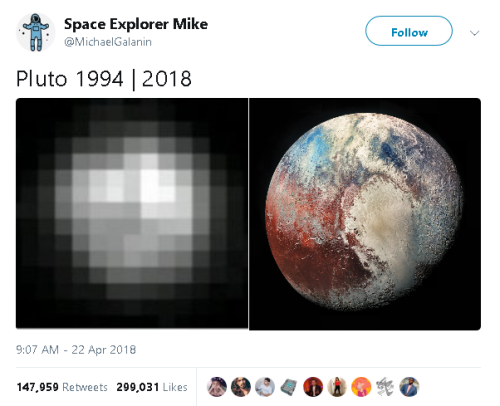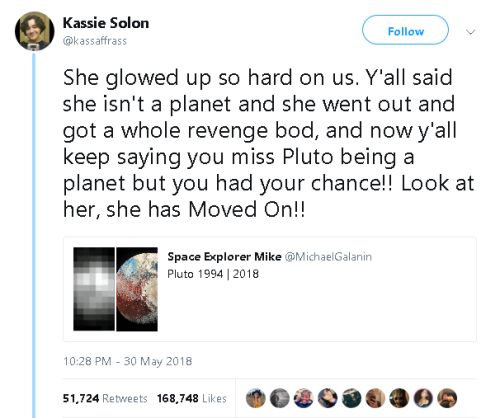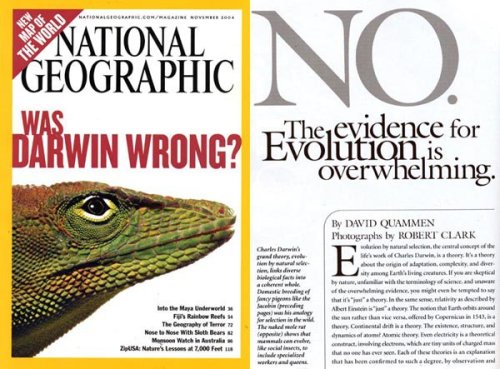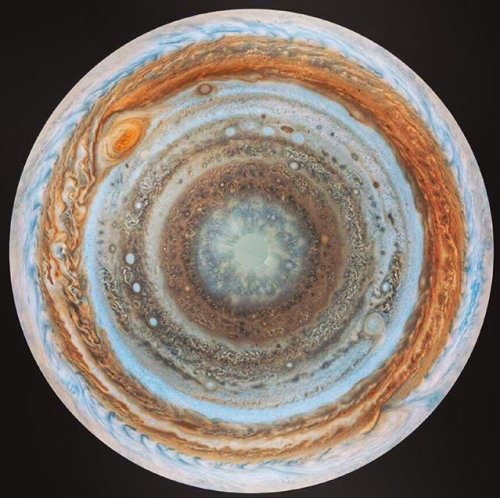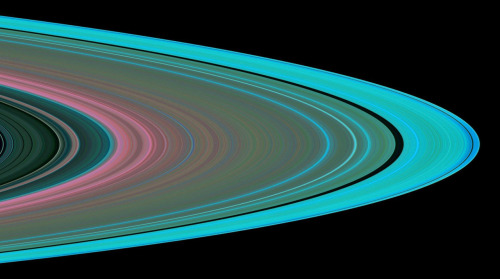Tag Later - Blog Posts
my little cousin confidently declared that mother nature had a counterpart named daddy electric and i feel like this concept needs to be explored
can we all just unanimously agree not to make assumptions about experiences people have had irl based on someone's takes about a piece of fiction no matter how """media illiterate""" it is

“ancient egyptian femboys” and then u go look at the history and it was just child slaves doing sex work and maybe a trans woman here and there that was also forced into sex work alright

i need a collection of speedrunners crafting shit that doesnt exist
btw if you ever make anything for me EVER ill literally go crazy stupid. like ill go insane . il love you for ever.
my favorite and arguably the best of mario's voice lines. he is soooo sweet! :]
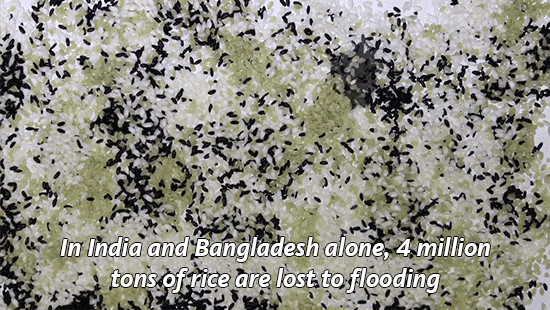
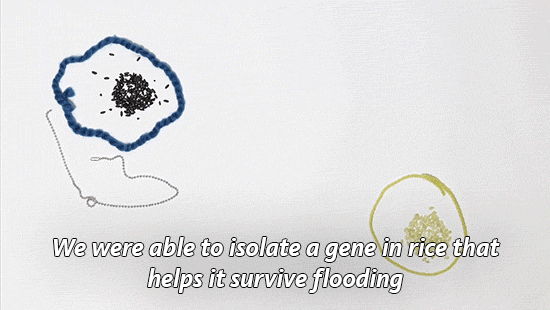
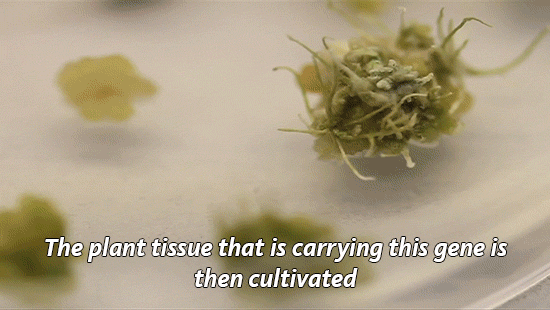

Why we need GMOs to survive climate change
Genetically modified organisms get a bad rap for many reasons, but we’ve actually been genetically altering what we eat since the dawn of human history.
“For 10,000 years, we have altered the genetic makeup of our crops,”explains UC Davis plant pathology professor Pamela Ronald.
“Today virtually everything we eat is produced from seeds that we have genetically altered in one way or another.” (You can read more about Ronald’s thoughts on genetically engineered food here.)
Right now her focus is on rice. It’s one of our basic crops and without it, we would struggle to feed much of the world.
With climate change, we’re seeing an increase in flooding in places like India and Bangladesh, which makes it harder to grow this important food staple.
So Ronald and her lab have developed a flood-tolerant strain of rice. It’s known as Sub1a or “scuba rice” and millions of farmers in South Asia are now growing it in their fields.

Today is National Food Day, a day dedicated to hunger awareness. But as we focus on food insecurity, we need to talk more about how global warming will make the problem worse.
As our climate continues to heat up, it has huge impacts on what foods we are able to grow. Will our crops be able to survive droughts and floods? The University of California leads six labs that are working to develop other climate-resilient crops including chickpea, cowpea and millet.
Find out what other scientists are doing to improve our food.

Small balloons exert higher pressure ???!!!
If you are aware that flow occurs only from a higher pressure to a lower pressure, then the balloon demonstration must have startled you.
This is because according to the demo, the smaller balloon is under high pressure. How is this even possible ?
Have you been this guy ?

Sucks big time right ? Its so hard to initially inflate the balloon,! But once you get going, its an easier task to handle. Here’s an intuitive explanation :
Pressure is really the force that molecules exert on the surface.
When you make that initial blow, you are adding a significantly large number of molecules into the balloon. (think of it as adding a lot of people in a very small room ) And as a result, the molecules exert a high pressure.

But once the balloon is inflated, the molecules have lot of room to move around, so they do not do around bombarding the surface that often. Hence the decreasing pressure.
( the rate at which room size increases is more than sufficient enough to accommodate the people in it )/

Variation of pressure v/s radius
This goes by the name - Two balloon experiment. Click here for a more technical explanation.
** DO TRY THIS AT HOME
I encourage you to try this at home to truly appreciate the demonstration. If you have only balloon, then inflate it fully, and then release it by holding the balloon by its neck;

Feel the pressure of the air that is coming out. ( If will increase as the balloon size decreases )

Have a great day!
Reblog if you ARE a woman in STEM, SUPPORT women in STEM, or ARE STILL BITTER about Rosalind Franklin not getting credit for discovering the structure of DNA and the Nobel prize going to Watson and Crick instead.

One of my favorite things about biology is that there are so many diagrams like this that look like shitposts if you remove any and all context from them

A Falcon 9 Moon : Illuminating planet Earth’s night, full moons can have many names. This year the last full moon of northern hemisphere summer was on September 2, known to some as the Full Corn Moon. A few days earlier on August 30 this almost full moon rose just before sunset though, shining through cloudy skies over Cape Canaveral Air Force Station on Florida’s Space Coast. A well-timed snapshot caught the glare of rocket engines firing below the lunar disk, a Falcon 9 rocket’s first stage successfully returning to Cape Canaveral’s landing zone 1. About 9 minutes earlier, the same SpaceX Falcon 9 rocket had launched the SAOCOM 1B satellite toward polar orbit. The fourth launch for this reusable Falcon 9 first stage, it was the first launch to a polar orbit from Cape Canaveral since 1969. via NASA

Deconstructing the placebo response: Why does it work in treating depression?
In the past three decades, the power of placebos has gone through the roof in treating major depressive disorder. In clinical trials for treating depression over that period of time, researchers have reported significant increases in patient’s response rates to placebos — the simple sugar pills given to patients who think that it may be actual medication.
New research conducted by UCLA psychiatrists helps explain how placebos can have such a powerful effect on depression.
“In short,” said Andrew Leuchter, the study’s first author and a professor of psychiatry at the UCLA Semel Institute for Neuroscience and Human Behavior, “if you think a pill is going to work, it probably will.”
The UCLA researchers examined three forms of treatment. One was supportive care in which a therapist assessed the patient’s risk and symptoms, and provided emotional support and encouragement but refrained from providing solutions to the patient’s issues that might result in specific therapeutic effects. The other two treatments provided the same type of therapy, but patients also received either medication or placebos.
The researchers found that treatment that incorporating either type of pill — real medication or placebo — yielded better outcomes than supportive care alone. Further, the success of the placebo treatment was closely correlated to people’s expectations before they began treatment. Those who believed that medication was likely to help them were much more likely to respond to placebos. Their belief in the effectiveness of medication was not related to the likelihood of benefitting from medication, however.
“Our study indicates that belief in ‘the power of the pill’ uniquely drives the placebo response, while medications are likely to work regardless of patients’ belief in their effectiveness,” Leuchter said.
The study appears in the current online edition of the British Journal of Psychiatry.
At the beginning and end of the study, patients were asked to complete the Hamilton Rating Scale for Depression, giving researchers a quantitative assessment of how their depression levels changed during treatment. Those who received antidepressant medication and supportive care improved an average of 46 percent, patients who received placebos and supportive care improved an average of 36 percent, and those who received supportive care alone improved an average of just 5 percent.
“Interestingly, while we found that medication was more effective than placebo, the difference was modest,” Leuchter said.
The researchers also found that people who received supportive care alone were more likely to discontinue treatment early than those who received pills.
People with major depressive disorder have a persistent low mood, low self-esteem and a loss of pleasure in things they once enjoyed. The disorder can be disabling, and it can affect a person’s family, work or school life, sleeping and eating habits, and overall health.
In the double-blind study, 88 people ages 18 to 65 who had been diagnosed with depression were given eight weeks of treatment. Twenty received supportive care alone, 29 received a placebo with supportive care and 39 received actual medication with supportive care.
The researchers measured the patients’ expectations for how effective they thought medication and general treatment would be, as well as their impressions of the strength of their relationship with the supportive care provider.
“These results suggest a unique role for people’s expectations about their medication in engendering a placebo response,” Leuchter said. “Higher expectations of medication effectiveness predicted an improvement in placebo-treated subjects, and it’s important to note that people’s expectations about how effective a medication may be were already formed before they entered the trial.”
Leuchter said the research indicates that factors such as direct-to-consumer advertising may be shaping peoples’ attitudes about medication. “It may not be an accident that placebo response rates have soared at the same time the pharmaceutical companies are spending $10 billion a year on consumer advertising.”
(Image credit: © Chris Lamphear)

We don’t have any real pictures of the Milky Way galaxy. Most non-illustrated images of the entire Milky Way spiral are actually of another spiral galaxy called Messier 74. It’s impossible to take a full photo of the Milky Way’s spiral structure because it’s about 100,000 light-years across, and we’re stuck on the inside. Source Source 2 Source 3

Mars in the Loop : This composite of images spaced some 5 to 9 days apart, from late April (bottom right) through November 5 (top left), traces the retrograde motion of ruddy-colored Mars through planet Earth’s night sky. To connect the dots and dates in this 2018 Mars retrograde loop, just slide your cursor over the picture (and check out this animation). But Mars didn’t actually reverse the direction of its orbit. Instead, the apparent backwards motion with respect to the background stars is a reflection of the motion of the Earth itself. Retrograde motion can be seen each time Earth overtakes and laps planets orbiting farther from the Sun, the Earth moving more rapidly through its own relatively close-in orbit. On July 27, Mars was near its favorable 2018 parihelic opposition, when Mars was closest to the Sun in its orbit while also opposite the Sun in Earth’s sky. For that date, the frame used in this composite was taken during the total lunar eclipse. via NASA
dude seeing these Mega high quality images of the surface of mars that we now have has me fucked up. Like. Mars is a place. mars is a real actual place where one could hypothetically stand. It is a physical place in the universe. ITS JUST OUT THERE LOOKING LIKE UH IDK A REGULAR OLD DESERT WITH LOTS OF ROCKS BUT ITS A WHOLE OTHER PLANET?
Blowing Bubbles in the Gamma-ray Sky

Did you know our Milky Way galaxy is blowing bubbles? Two of them, each 25,000 light-years tall! They extend above and below the disk of the galaxy, like the two halves of an hourglass. We can’t see them with our own eyes because they’re only apparent in gamma-ray light, the highest-energy light in the universe.

We didn’t even know these humongous structures were smack in the middle of our galaxy until 2010. Scientists found them when they analyzed the first two years of data from NASA’s Fermi Gamma-ray Space Telescope. They dubbed them the “Fermi bubbles” and found that in addition to being really big and spread out, they seem to have well-defined edges. The bubbles’ shape and the light they give off led scientists to think they were created by a rapid release of energy. But by what? And when?

One possible explanation is that they could be leftovers from the last big meal eaten by the supermassive black hole at the center of our galaxy. This monster is more than 4 million times the mass of our own Sun. Scientists think it may have slurped up a big cloud of hydrogen between 6 and 9 million years ago and then burped jets of hot gas that we see in gamma rays and X-rays.

Another possible explanation is that the bubbles could be the remains of star formation. There are massive clusters of stars at very the center of the Milky Way — sometimes the stars are so closely packed they’re a million times more dense than in the outer suburb of the galaxy where we live. If there was a burst of star formation in this area a few million years ago, it could have created the surge of gas needed to in turn create the Fermi bubbles.

It took us until 2010 to see these Fermi bubbles because the sky is filled with a fog of other gamma rays that can obscure our view. This fog is created when particles moving near light speed bump into gas, dust, and light in the Milky Way. These collisions produce gamma rays, and scientists had to factor out the fog to unveil the bubbles.

Scientists continue to study the possible causes of these massive bubbles using the 10 years of data Fermi has collected so far. Fermi has also made many other exciting discoveries — like the the collision of superdense neutron stars and the nature of space-time. Learn more about Fermi and how we’ve been celebrating its first decade in space.
Make sure to follow us on Tumblr for your regular dose of space: http://nasa.tumblr.com

NASA’S TESS ROUNDS UP ITS FIRST PLANETS, SNARES FAR-FLUNG SUPERNOVAE
NASA’s Transiting Exoplanet Survey Satellite (TESS) has found three confirmed exoplanets, or worlds beyond our solar system, in its first three months of observations.
The mission’s sensitive cameras also captured 100 short-lived changes – most of them likely stellar outbursts – in the same region of the sky. They include six supernova explosions whose brightening light was recorded by TESS even before the outbursts were discovered by ground-based telescopes.
The new discoveries show that TESS is delivering on its goal of discovering planets around nearby bright stars. Using ground-based telescopes, astronomers are now conducting follow-up observations on more than 280 TESS exoplanet candidates.
The first confirmed discovery is a world called Pi Mensae c about twice Earth’s size. Every six days, the new planet orbits the star Pi Mensae, located about 60 light-years away and visible to the unaided eye in the southern constellation Mensa. The bright star Pi Mensae is similar to the Sun in mass and size.
“This star was already known to host a planet, called Pi Mensae b, which is about 10 times the mass of Jupiter and follows a long and very eccentric orbit,” said Chelsea Huang, a Juan Carlos Torres Fellow at the Massachusetts Institute of Technology’s (MIT) Kavli Institute for Astrophysics and Space Research (MKI) in Cambridge. “In contrast, the new planet, called Pi Mensae c, has a circular orbit close to the star, and these orbital differences will prove key to understanding how this unusual system formed.”
Next is LHS 3884b, a rocky planet about 1.3 times Earth’s size located about 49 light-years away in the constellation Indus, making it among the closest transiting exoplanets known. The star is a cool M-type dwarf star about one-fifth the size of our Sun. Completing an orbit every 11 hours, the planet lies so close to its star that some of its rocky surface on the daytime side may form pools of molten lava.
The third – and possibly fourth – planets orbit HD 21749, a K-type star about 80 percent the Sun’s mass and located 53 light-years away in the southern constellation Reticulum.
The confirmed planet, HD 21749b, is about three times Earth’s size and 23 times its mass, orbits every 36 days, and has a surface temperature around 300 degrees Fahrenheit (150 degrees Celsius). “This planet has a greater density than Neptune, but it isn’t rocky. It could be a water planet or have some other type of substantial atmosphere,” explained Diana Dragomir, a Hubble Fellow at MKI and lead author of a paper describing the find. It is the longest-period transiting planet within 100 light-years of the solar system, and it has the coolest surface temperature of a transiting exoplanet around a star brighter than 10th magnitude, or about 25 times fainter than the limit of unaided human vision.
What’s even more exciting are hints the system holds a second candidate planet about the size of Earth that orbits the star every eight days. If confirmed, it could be the smallest TESS planet to date.
TESS’s four cameras, designed and built by MKI and MIT’s Lincoln Laboratory in Lexington, Massachusetts, spend nearly a month monitoring each observing sector, a single swath of the sky measuring 24 by 96 degrees. The primary aim is to look for exoplanet transits, which occur when a planet passes in front of its host star as viewed from TESS’s perspective. This causes a regular dip in the measured brightness of the star that signals a planet’s presence.
In its primary two-year mission, TESS will observe nearly the whole sky, providing a rich catalog of worlds around nearby stars. Their proximity to Earth will enable detailed characterization of the planets through follow-up observations from space- and ground-based telescopes.
But in its month-long stare into each sector, TESS records many additional phenomena, including comets, asteroids, flare stars, eclipsing binaries, white dwarf stars and supernovae, resulting in an astronomical treasure trove.
In the first TESS sector alone, observed between July 25 and Aug. 22, 2018, the mission caught dozens of short-lived, or transient, events, including images of six supernovae in distant galaxies that were later seen by ground-based telescopes.
“Some of the most interesting science occurs in the early days of a supernova, which has been very difficult to observe before TESS,” said Michael Fausnaugh, a TESS researcher at MKI. “NASA’s Kepler space telescope caught five of these events as they brightened during its first four years of operations. TESS found as many in its first month.”
These early observations hold the key to understanding a class of supernovae that serve as an important yardstick for cosmological studies. Type Ia supernovae form through two channels. One involves the merger of two orbiting white dwarfs, compact remnants of stars like the Sun. The other occurs in systems where a white dwarf draws gas from a normal star, gradually gaining mass until it becomes unstable and explodes. Astronomers don’t know which scenario is more common, but TESS could detect modifications to the early light of the explosion caused by the presence of a stellar companion.
All science data from the first two TESS observation sectors were recently released to the scientific community through the Mikulski Archive for Space Telescopes (MAST) at the Space Telescope Science Institute in Baltimore.
More than a million TESS images were downloaded from MAST in the first few days,” said Thomas Barclay, a TESS researcher at NASA’s Goddard Space Flight Center in Greenbelt, Maryland, and the University of Maryland, Baltimore County. “The astronomical community’s reaction to the early data release showed us that the world is ready to jump in and add to the mission’s scientific bounty.
George Ricker, the mission’s principal investigator at MKI, said that TESS’s cameras and spacecraft were performing superbly. “We’re only halfway through TESS’s first year of operations, and the data floodgates are just beginning to open,” he said. “When the full set of observations of more than 300 million stars and galaxies collected in the two-year prime mission are scrutinized by astronomers worldwide, TESS may well have discovered as many as 10,000 planets, in addition to hundreds of supernovae and other explosive stellar and extragalactic transients.”
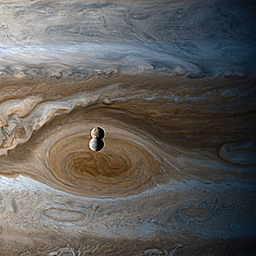
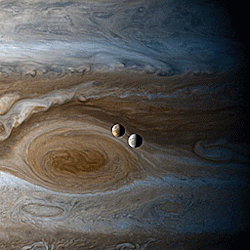
Timelapse of Europa & Io orbiting Jupiter, shot from Cassini during its flyby of Jupiter

what the article doesn’t tell you is that this has happened once before, and she forgot how to use her drill. she remembered how to drill later one, but then she shut down again for no clear reason. it is still unclear if she remembers how to drill. i love her so much


